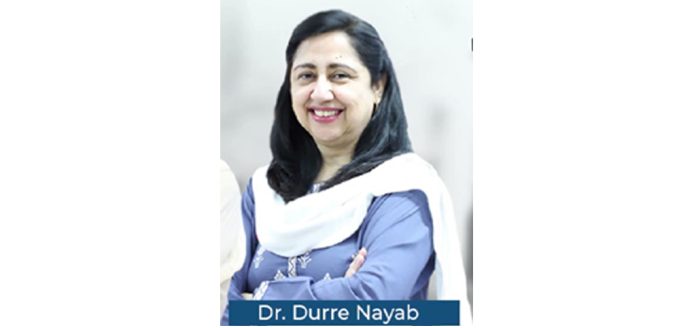Islamabad, OCT 29 /DNA/ – How do Pakistanis feel towards each other, towards people who are like them, and towards people who are unlike them? Do Pakistanis trust their various institutions? What are their values, beliefs and attitudes? Are they able to achieve their ambitions? Do they feel safe on the streets? What are their views about the governance and political system in the country? What are community life and informal sociability like in Pakistan? What is the state of volunteerism and civic involvement? And most importantly, what do Pakistanis consider as their identity? The PIDE-BASICS survey covers these twelve areas to understand the basics of Pakistanis.
According to the Press Release issued from Pakistan Institute of Development Economics (PIDE), in the supervision of PIDE’s Pro-Vice Chancellor Dr. Durre Nayab, PIDE-BASICS nationwide survey was carried out. The research results shows, In spite of the fact, seemingly straightforward questions elicit very complex responses. Usually, we perceive the identity in singularity i.e. we are Pakistanis. We are Muslims. However, the study uncovers that in context of Pakistan Identity is a multi-layered phenomenon with the majority not perceiving it in singularity. Identities are linked to: i.e. religion; ii. Nationality; iii. ethnic background; iv. caste, for instance, Rajput, Kakar, Achakzai or Gujjar; v. being a human; vi. biological, that is the sex of the person; vii. relationship, with reference to someone like being a mother, father, son or daughter; and viii. One’s profession.
Additionally, at national level 61.5% reveled multi-layer identity. And, its prominent among the inhabitants of ICT (Islamabad Capital Territory) followed by GB (Gilgit Baltistan). On the other hand, single identity (religion) was dominant among the people of Punjab. Up to par, both at national and regional level religious identity is most prevailing. Subsequently, being a Pakistani as single identity is not strong one at any level (national, regional and provincial). Thus, the finding compels me to cerebrate, why some regions are deemed as patriotic and some are blamed for the lack of loyalty? It’s a wonder, among the four provinces, the largest proportion is in Balochistan which considers being a Pakistani as part of their identity, followed by Sindh and KP.
Furthermore, the population of Punjab has the smallest proportion including nationality as a layer of their identity. Anyway, being a human is an identity kept by some, but many more give importance to caste as their single identity. It is a rather thought-provoking finding that more than ethnicity it is caste, a narrower ascribed characteristic, which is contemplated as indispensable by Pakistanis.
The study revealed that a lot of confusion exists about the language of the people of Pakistan as most surveys ask this question in a very imprecise way, and then use it as a proxy for ethnicity in the country. This is totally misleading. To have a better understanding of the issue, PIDE-BASICS Survey asks three questions in this regard: the mother tongue of the father, the mother tongue of the mother and the language commonly used for informal day-to-day communication. We examine in the study that Urdu is used much more often by people in ICT, AJK and Punjab than what the mother tongues would suggest. Among the four major provincial languages, Punjabi is most frequently switched to Urdu.
To sum up, in the context of Pakistan Identity is a multi-layered phenomenon with the majority not perceiving it in singularity. The finding rejects our assumptions of Pakistanis identity either Pakistani (National) or being Muslim (religious). And, rejects the perceptions we have developed regarding different regions of the state (for instance Balochistan is blamed for being non-patriotic). Moreover, the dynamics vary with regions and many other demographic characteristics. All in all, majority of the population are neither calling themselves Pakistanis, nor Muslims.

















